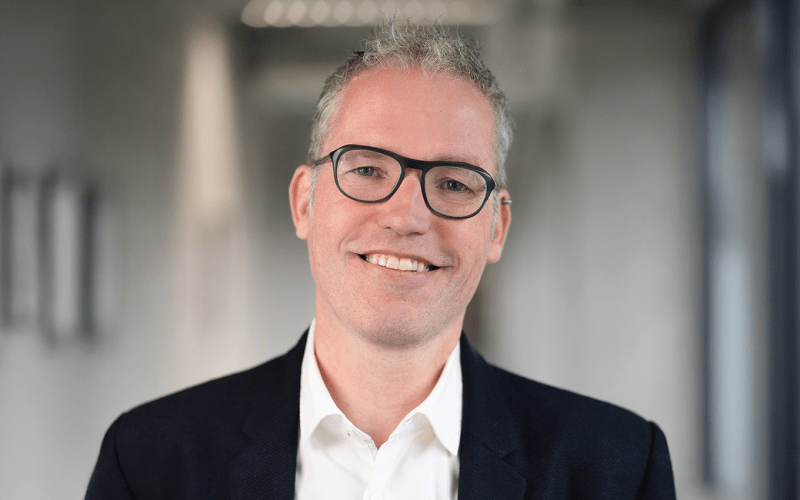1) What are dormant cancer cells:
Dormant cancer cells are cancer cells that have spread from the original tumor to another part of the body but then “go to sleep”. Not all cancer patients end up with dormant cancer cells after treatment.
While asleep, they don’t grow or divide, or do so very rarely, so they don’t form new recurrent (distant or local) tumors right away. These cells can stay hidden and inactive for months or even years. But at some point—sometimes due to changes in the body—they can “wake up”, start growing again, and cause cancer to come back or spread to other organs. That’s why understanding this process is crucial.
2) How do dormant cancer cells end up in the lungs?
Dormant cancer cells are like sneaky seeds that escape from the original tumor and travel through the bloodstream to other parts of the body, such as the lungs or liver. Instead of growing right away, they “go to sleep” and stay hidden for months or even years. These sleeping cells can survive in their new location without causing any problems—until something in the body changes and wakes them up, allowing them to start growing again and form new tumors. We do not yet know exactly what this change means and there is nothing the patient can do about it. This is a possible explanation why cancer can come back long after seemingly successful treatment.
3) What are known factors that can cause awakening of dormant cancer cells?
Dormant cancer cells are cancer cells that have spread from the original tumor to other parts of the body but remain inactive, often for years. Various factors can trigger these sleeping cells to “wake up” and start growing again. We know little about the factors that cause dormant cells to ‘wake up’ and start growing again in humans. Research on these factors in laboratory animals is ongoing. Some factors can be genetic, such as mutations that prevent the cancer cells from fully entering dormant state. Other factors that contribute to the awakening of cancer cells in animals include inflammation from injury or infection, changes in the immune system that reduce its ability to keep the cells in check, shifts in hormone levels, or natural changes in surrounding tissues such as during wound healing. Nearby healthy cells and the tissue environment can also send signals that reactivate the dormant cells. Even changes in nutrients or oxygen levels in the body can play a role. Understanding these triggers is key to finding ways to prevent cancer from returning later in life.
4) How does COVID cause awakening?
COVID-19 may trigger the awakening of dormant cancer cells through several interconnected biological mechanisms. This has been observed in animal models. Infection with SARS-CoV-2 leads to inflammation in the entire body and disrupts the immune system, which can alter the tissue environment where dormant cells reside. This inflammation can release cytokines (in this study interleukin-6) and growth factors that stimulate dormant cells to exit their quiescent state. The now awakened cancer cells can also suppress immune responses to escape the immune system.
5) Which respiratory infections can awaken dormant cancer cells?
In epidemiological studies, only COVID-19 could be investigated, as SARS-CoV-2 infections were systematically recorded due to widespread testing and centralized reporting during the pandemic.
Similar large-scale and standardized data are not available for influenza, which limits researchers to study its impact in human populations. Further research is needed to explore whether other respiratory viruses may have similar effects, and to determine how prior immunity or vaccination status influences this risk.
6) Which types of cancer can be reawakened by respiratory infections?
The mouse studies specifically focused on breast cancer, demonstrating that respiratory infections such as influenza and SARS-CoV-2 can trigger the reawakening of dormant breast cancer cells in the lungs.
In humans, one of the epidemiological studies also focused on individuals with a history of breast cancer. Based on findings from the UK Biobank, researchers hypothesized that een COVID-19 infection may influence the return of breast cancer. These results point to the possibility that other cancer types may also be affected, though further research is needed to confirm which types are most vulnerable and under what conditions.
7) Is there a difference in risk for different types of cancer?
At this stage, it was not possible to assess differences in risk across specific cancer types in the epidemiological studies. To answer this question reliably, we will need larger and more diverse datasets.
8) What do the results of this study mean for cancer survivors or cancer patients?
Nothing at all for the time being. More research is needed to answer this question.
The first part of this study was performed using laboratory animals. These results are not directly applicable to humans. The second part of the study used human health data. This part focused specifically on a first COVID infection in the period before large-scale vaccination programs were available. At that time, general immunity was still low and severe infections were more common. We do not yet know what the long-term effects of COVID-19 are in the current context, where infections are usually milder due to higher immunity. Furthermore, data collection during the COVID-19 pandemic was complex, making it difficult to demonstrate with certainty a direct causal link between COVID infections and cancer recurrence based on observational data.
9) Follow-up research funded by KWF is mentioned. When can we expect the results?
The follow-up study is expected to start at the end of 2025 and will run for a period of two years. We expect the first results to be available in 2027.
